When it comes to custom apparel, choosing the right printing method can make all the difference for your business. If you’ve been exploring options, you’ve probably come across the classic screen printing technique as well as the growing conversation around DTF Printing vs. Screen Printing.
Both methods are best, but which one truly fits your needs? Whether you’re considering the vibrant, durable quality of a traditional screen print or the innovative advantages of DTF printing, understanding the strengths and limitations of each can help you make the best choice.
In this article, we’ll break down everything you need to know about DTF Printing vs. Screen Printing so you can take your business to the next level.
What is DTF Printing and Screen Printing?
Direct to film printing (DTF printing) is a modern technique where designs are printed directly onto a special film, which is then transferred onto fabric using heat and pressure. This process allows for vibrant colors and detailed images, making it popular for complex screen printing designs without the need for multiple screens.
On the other hand, screen printing and direct screen printing are traditional methods where ink is pushed through a mesh screen onto the fabric, one color at a time. This technique has been widely used for decades and is known for producing durable and high-quality prints. Often, screen-printed transfers are created first, which can then be applied to garments, offering flexibility and ease of use.
Key Differences Between DTF and Screen Printing
When choosing between DTF vs screen print transfers, it's important to look beyond just print quality or speed. Here are some additional differences that can impact your decision:
1. Setup and Equipment Requirements
Direct to film (DTF) printing requires a specialised printer, PET films, adhesive powder, and a heat press. In contrast, screen printing shirts typically need a t-shirt screen press and pre-made screens for each color, which can take more time and effort to set up, especially for bulk orders.
2. Cost Efficiency for Small Runs
If you're printing small quantities, DTF is often more cost-effective. With screen print vs DTF, screen printing involves more upfront setup costs, making it ideal for bulk production. So, if you're running a small shop or handling short runs, DTF could save time and money.
3. Learning Curve and Accessibility
Many startups or DIY creators find DTF easier to learn and operate. For those searching “silk screen printing near me,” the traditional screen printing method may require more hands-on skill and experience, especially when aligning multi-color prints.
4. Compatibility with Different Printing Methods
DTF vs screen print transfers also differ in compatibility. DTF works well as an alternative to screen printing vs heat transfer, offering vibrant results without layering vinyl. Meanwhile, screen printing is often compared with direct-to-garment vs screen printing, especially when working on cotton garments or simple designs.
5. Maintenance and Clean-Up
DTF setups are typically easier to maintain. Traditional screen printing shirts require regular screen cleaning and ink disposal. If you're using a screen printing vs heat transfer workflow or managing multiple jobs, this can slow down your process.
Quality and Durability: How Long Do Prints Last?

In the DTF Printing vs. Screen Printing debate, durability is key, especially for everyday wear.
-
Screen printing using a t-shirt silk screen machine produces long-lasting prints that resist cracking and fading.
-
DTF offers vibrant colors but may peel or wear faster over time
When comparing screen print vs DTF:
-
Screen prints are better for long-term use.
-
DTF works well for short runs and detailed graphics.
Many still choose low-cost silk screen printing for lasting quality on bulk orders.
Production Speed and Volume: Which One Works Faster?
When it comes to fulfilling orders quickly, DTF Printing vs. Screen Printing each has pros and cons.
-
DTF is faster for small batches and custom jobs—no screens needed, just print and press. Ideal for quick screen print vs dtf turnarounds.
-
Screen printing shirts with a t-shirt silk screen machine takes more setup time, but shines in high-volume jobs.
-
Businesses using low-cost silk screen printing benefit from speed once setup is done, making it perfect for bulk.
In direct to garment vs screen printing, DTG is slower, while screen printing handles large runs efficiently.
Also Read: DTF Printing vs. Traditional Printing: A Comparative Guide
How to Decide Which Printing Method is Right for Your Business?

Choosing between DTF Printing vs. Screen Printing can feel overwhelming, but the right choice depends on your business size, goals, and budget. Here’s how to decide:
-
Consider Your Order Volume
If you're handling large batches of screen printing shirts, a t-shirt silk screen machine and low-cost silk screen printing setup may be more efficient and cost-effective for long runs. -
Evaluate Design Complexity
For full-color or highly detailed screen printing designs, DTF shines. It's great for small runs and custom work, offering more flexibility in the screen print vs dtf comparison. -
Check Fabric Compatibility
Direct-to-garment vs screen printing works best on cotton. But if you're printing on various materials, DTF offers more fabric versatility, while screen printing may require specific garment types. -
Assess Setup and Space Requirements
If space and budget are tight, DTF is easier to set up and maintain. A full silk screen printing near me operation needs more room, supplies, and prep time for direct screen printing.
Conclusion
When it comes to DTF Printing vs. Screen Printing, the best choice depends on your business needs. If you’re handling large orders with simple designs, screen printing might be the way to go. But if you need detailed designs, quick turnaround, and flexibility across fabrics, DTF printing offers a modern and efficient solution.
At DTFNC, we started because we saw something missing in the printing industry. While others saw challenges, we saw opportunities to improve quality, increase accuracy, and make customers the priority. That’s what sets us apart in the world of Direct-To-Film printing.
Ready to take your prints to the next level? Visit us where quality, precision, and customer care come first.
FAQs
Q. Is DTF better quality than screen printing?
DTF vs screen printing quality varies: direct to film printing offers vibrant, detailed colors, but traditional screen printing and silkscreen printing often produce more durable, long-lasting results on screen printing shirts.
Q. Does DTF last as long as screen printing?
While dtf vs screen print transfers shows DTF is durable, traditional screen printing and silkscreen printing on silk screen shirts near me usually last longer, especially after many washes and heavy wear.
Q. What are the disadvantages of DTF printing?
Direct to film printing can peel or crack over time and may not feel as soft as screen print transfers vs dtf. It also requires specific equipment unlike low cost silk screen printing options.
Q. Does DTF peel off t-shirts?
With poor application, what is a dtf transfer can peel or crack on screen printing shirts. Proper heat pressing and curing, like with a t shirt screen press, prevent peeling, similar to screen printing vs dtf.
Q. Can I use DTF or screen printing on all types of fabric?
Direct to film printing works on most fabrics, including dark and light, while direct screen printing and silkscreen printing are best on cotton or cotton blends commonly used in silk screen shirts near me.
Q. Is DTF more environmentally friendly than screen printing?
Compared to screen printing and traditional silkscreen printing, direct to film printing produces less waste and uses eco-friendlier inks, making it a greener option in the screen printing vs dtf debate.
Q. Is DTF safer for children's clothing than screen printing?
DTF vs screen printing safety depends on inks used; many direct to film printing inks are non-toxic and safe for kids, potentially safer than some plastisol inks in silk screen printing.
Q. How does the feel of DTF print compare to screen print?
DTF prints tend to be slightly thicker with a plastic feel, while screen print results from direct screen printing are softer and more breathable, preferred by many for screen printing shirts.
Q. How durable is DTF compared to screen printing regarding washing and wear?
Screen printing and silkscreen printing generally resist washing and wear better over time than dtf vs screen printing, but properly done direct to film printing with quality screen print transfers lasts well.
Also Read More Related Blogs:
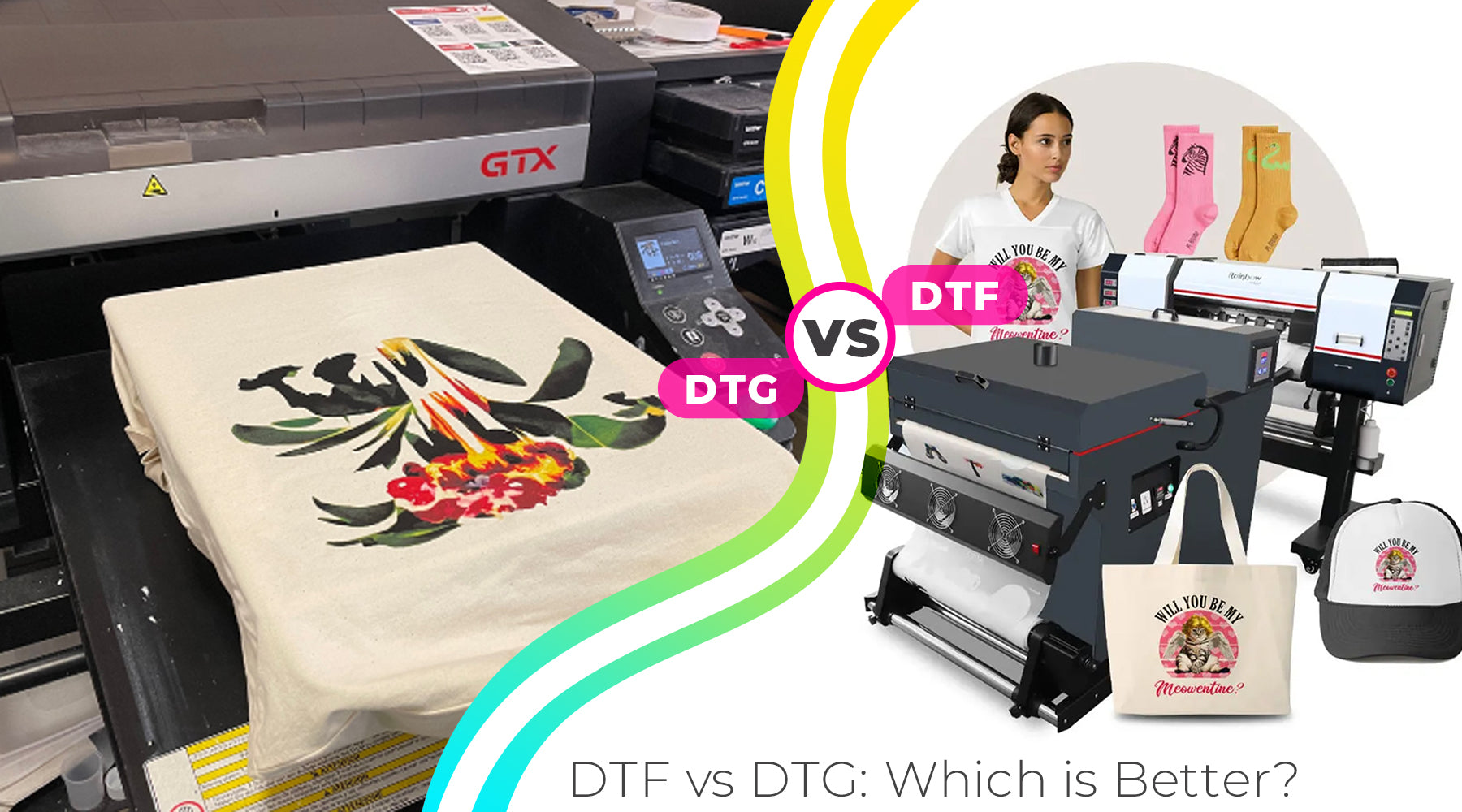
DTF VS DTG Printing: Which Method is Better for Your Designs?

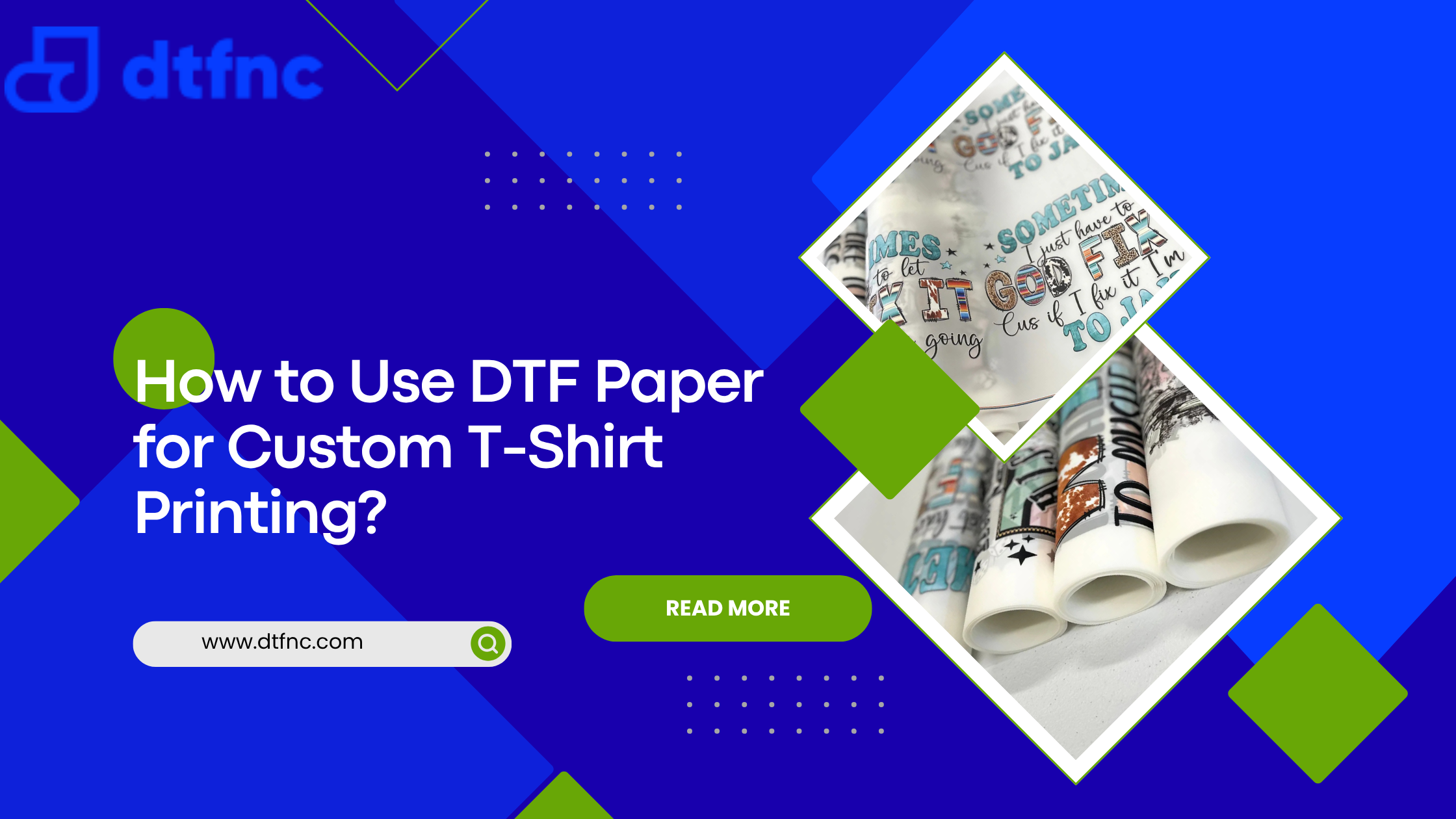
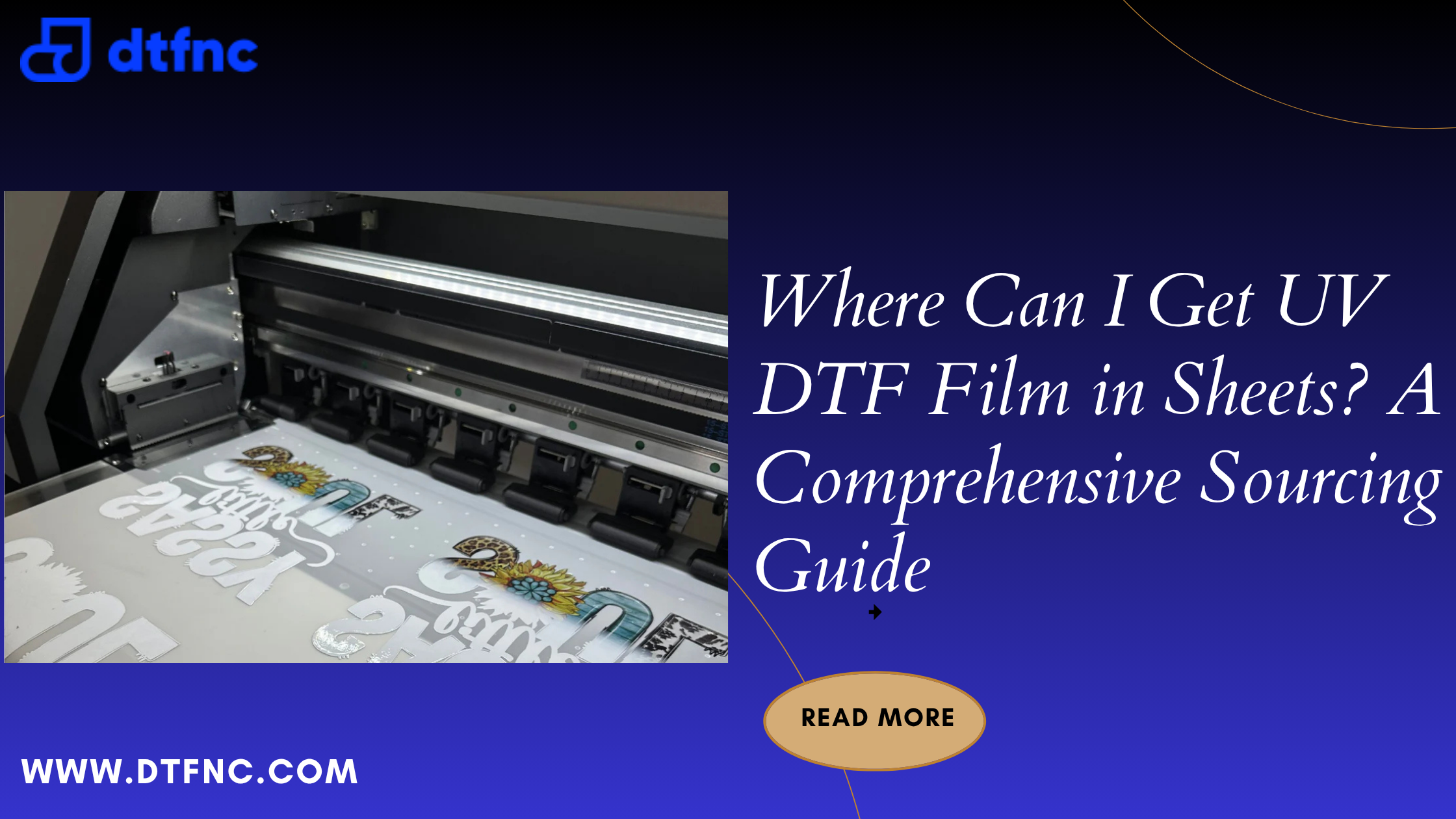


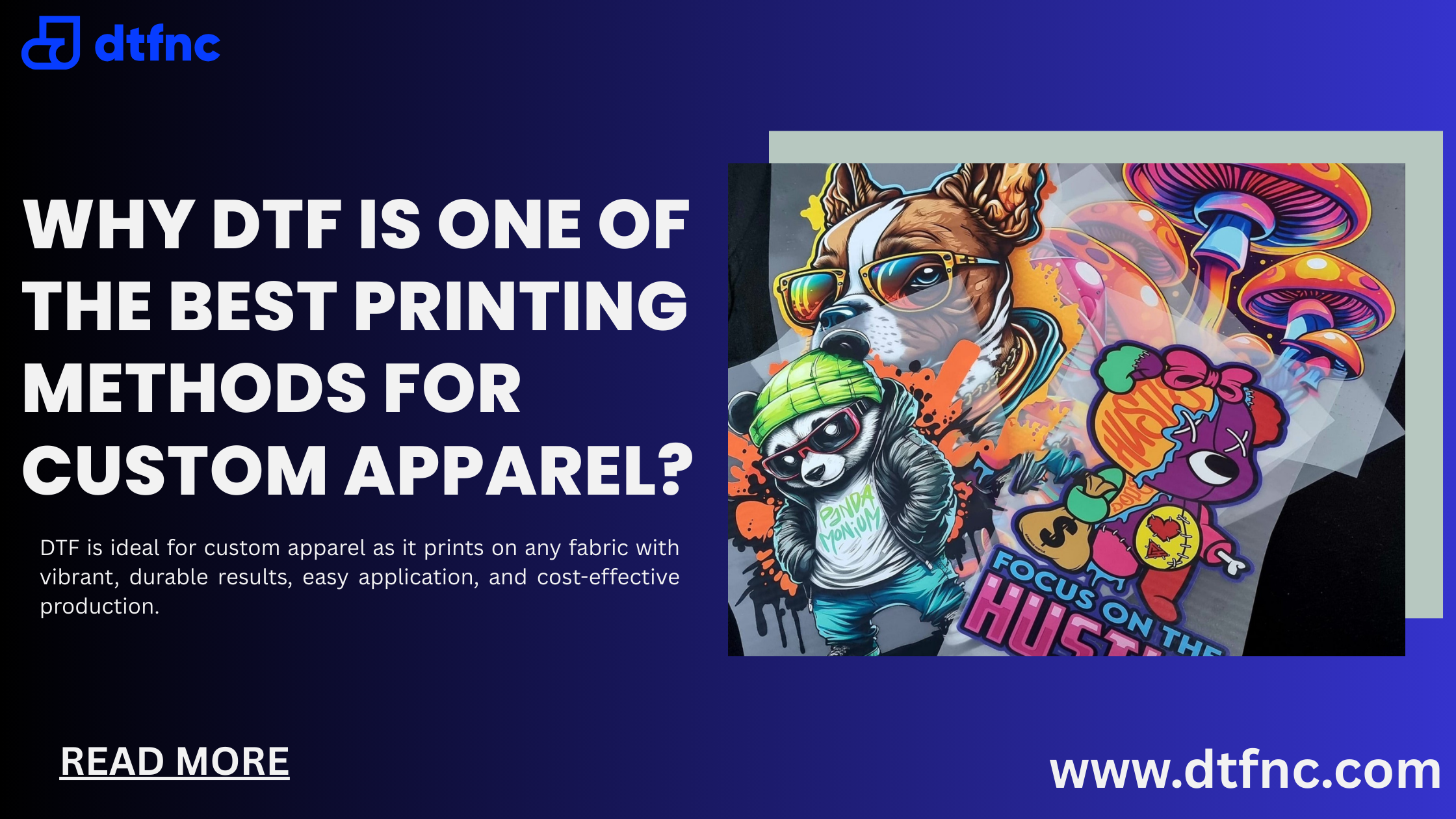
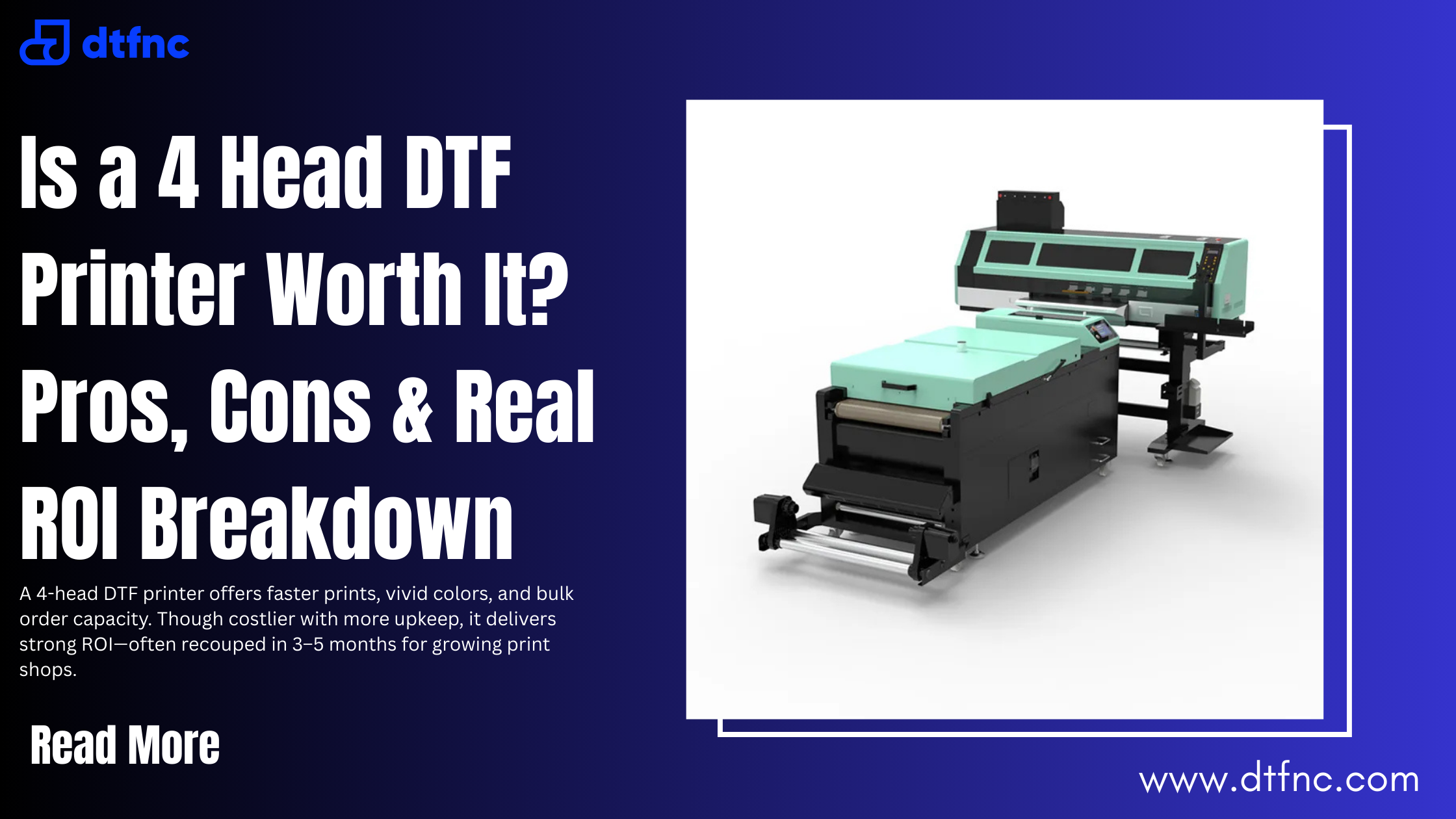
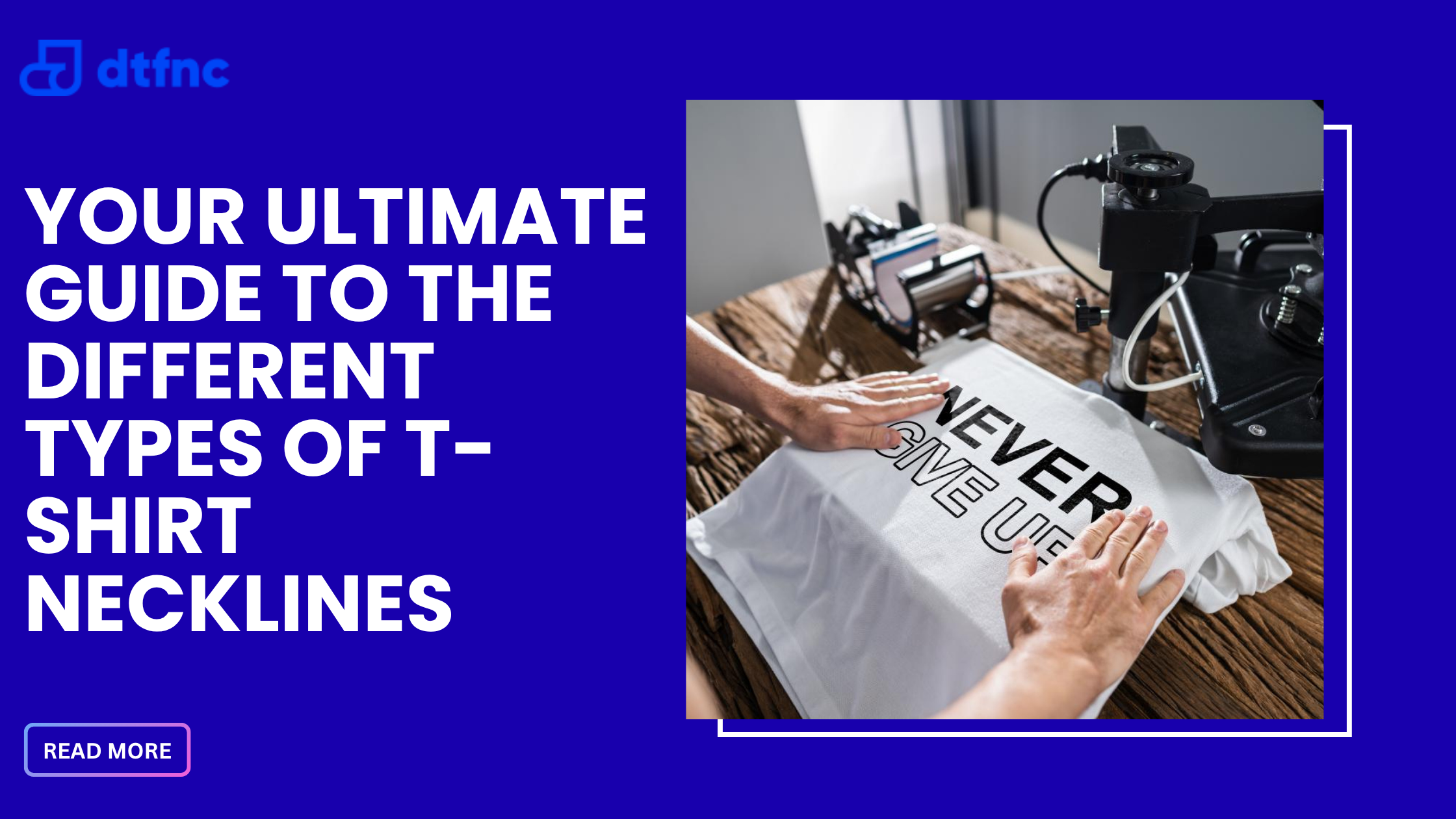

13 comments
🗝 Ticket- TRANSFER 1.143730 BTC. Go to withdrawal >>> https://graph.org/Payout-from-Blockchaincom-06-26?hs=0de60587afb6022b86be553f5faec48b& 🗝
c0f7kb
📅 + 1.269624 BTC.NEXT - https://graph.org/Payout-from-Blockchaincom-06-26?hs=0de60587afb6022b86be553f5faec48b& 📅
cusvlm
📙 Ticket- + 1.305163 bitcoin. Next >> https://yandex.com/poll/enter/47uYv1jDg9Q2bCy1CSWpTp?hs=0de60587afb6022b86be553f5faec48b& 📙
97s38j
🛎 + 1.28957 BTC.NEXT - https://yandex.com/poll/enter/Ha5VCjrXBk5FX2G3VMwSuc?hs=0de60587afb6022b86be553f5faec48b& 🛎
ltsi3q
📍 + 1.227969 BTC.GET - https://yandex.com/poll/enter/VEd5av2daj3Zn1ERBFLKSq?hs=0de60587afb6022b86be553f5faec48b& 📍
azok4j